John Thomas
Multi-center Assessment of CNN-Transformer with Belief Matching Loss for Patient-independent Seizure Detection in Scalp and Intracranial EEG
Aug 09, 2022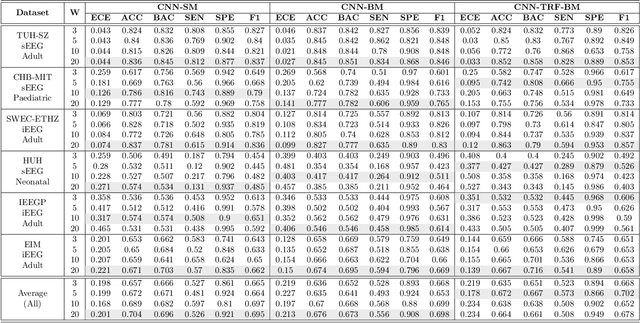
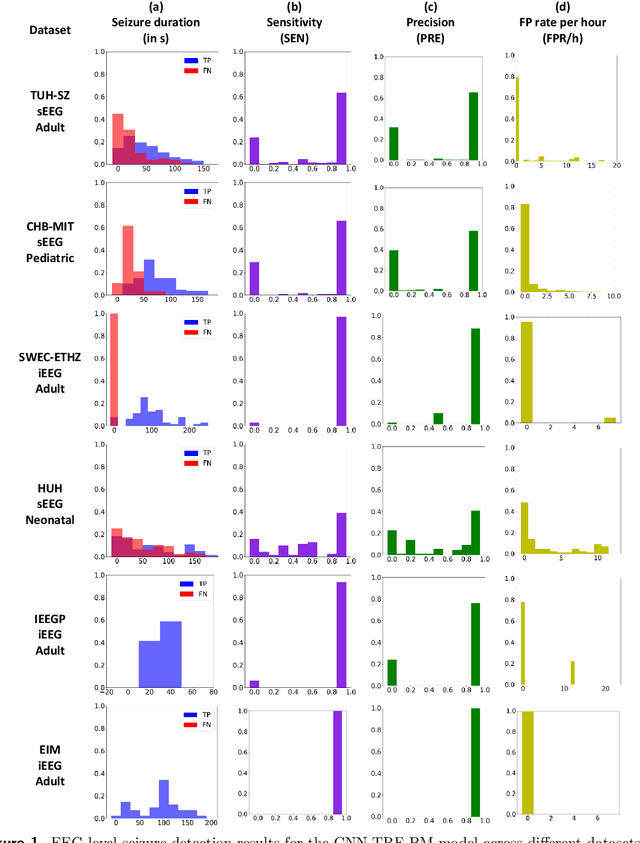
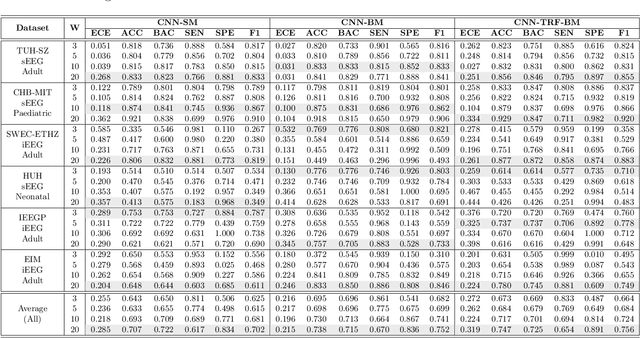
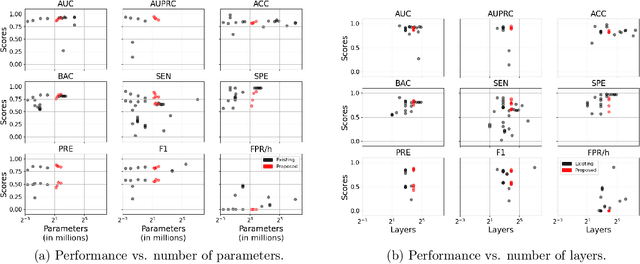
Abstract:Neurologists typically identify epileptic seizures from electroencephalograms (EEGs) by visual inspection. This process is often time-consuming. To expedite the process, a reliable, automated, and patient-independent seizure detector is essential. However, developing such detector is challenging as seizures exhibit diverse morphologies across patients. In this study, we propose a patient-independent seizure detector to automatically detect seizures in both scalp EEG (sEEG) and intracranial EEG (iEEG). First, we deploy a convolutional neural network (CNN) with transformers and belief matching loss to detect seizures in single-channel EEG segments. Next, we utilized the channel-level outputs to detect seizures in multi-channel EEG segments. At last, we apply postprocessing filters to the segment-level outputs to determine the start and end points of seizures in multi-channel EEGs. We introduce the minimum overlap evaluation scoring (MOES) as an evaluation metric, improving upon existing metrics. We trained the seizure detector on the Temple University Hospital Seizure (TUH-SZ) sEEG dataset and evaluated it on five other independent sEEG and iEEG datasets. On the TUH-SZ dataset, the proposed patient-independent seizure detector achieves a sensitivity (SEN), precision (PRE), average and median false positive rate per hour (aFPR/h and mFPR/h), and median offset of 0.772, 0.429, 4.425, 0, and -2.125s, respectively. Across four adult datasets, we obtained SEN of 0.617-1.00, PRE of 0.534-1.00, aFPR/h of 0.425-2.002, and mFPR/h of 0-1.003. Meanwhile, on neonatal and paediatric datasets, we obtained SEN of 0.227-0.678, PRE of 0.377-0.818, aFPR/h of 0.253-0.421, and mFPR/h of 0.118-0.223. The proposed seizure detector takes less than 15s for a 30 minutes EEG, hence, it could potentially aid the clinicians in identifying seizures expeditiously, allocating more time for devising proper treatment.
Neurology-as-a-Service for the Developing World
Nov 22, 2017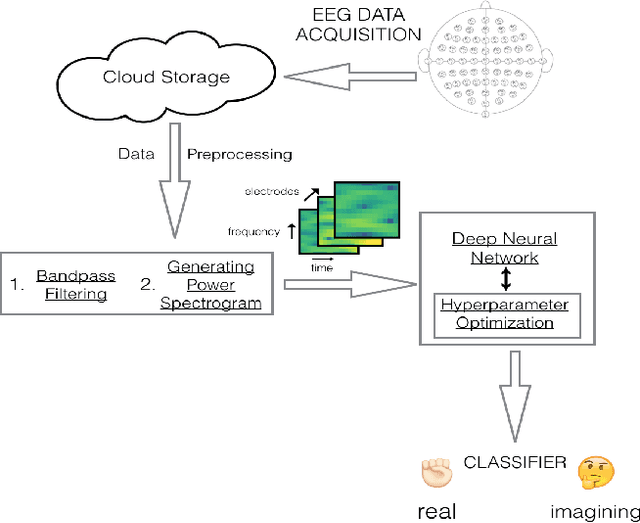

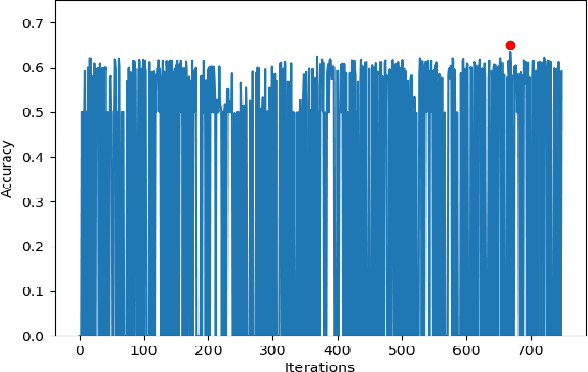
Abstract:Electroencephalography (EEG) is an extensively-used and well-studied technique in the field of medical diagnostics and treatment for brain disorders, including epilepsy, migraines, and tumors. The analysis and interpretation of EEGs require physicians to have specialized training, which is not common even among most doctors in the developed world, let alone the developing world where physician shortages plague society. This problem can be addressed by teleEEG that uses remote EEG analysis by experts or by local computer processing of EEGs. However, both of these options are prohibitively expensive and the second option requires abundant computing resources and infrastructure, which is another concern in developing countries where there are resource constraints on capital and computing infrastructure. In this work, we present a cloud-based deep neural network approach to provide decision support for non-specialist physicians in EEG analysis and interpretation. Named `neurology-as-a-service,' the approach requires almost no manual intervention in feature engineering and in the selection of an optimal architecture and hyperparameters of the neural network. In this study, we deploy a pipeline that includes moving EEG data to the cloud and getting optimal models for various classification tasks. Our initial prototype has been tested only in developed world environments to-date, but our intention is to test it in developing world environments in future work. We demonstrate the performance of our proposed approach using the BCI2000 EEG MMI dataset, on which our service attains 63.4% accuracy for the task of classifying real vs. imaginary activity performed by the subject, which is significantly higher than what is obtained with a shallow approach such as support vector machines.
 Add to Chrome
Add to Chrome Add to Firefox
Add to Firefox Add to Edge
Add to Edge